No one can tell for sure in general, except the manufacturer.
Providing those two sets of values is industry standard. The rationale behind is that beyond absolute maximum ratings the manufacturer makes absolutely no guarantee about the device: it can break, it can malfunction, who knows! Its behavior also depends on how much you go beyond those max ratings.
Below those values, but outside the normal operating conditions ("no-man's land") the manufacturer also makes no promise, except one: you can stay in "no-man's land" for as long as you want and when you return into normal operating range, the device will behave as specified.
This means that the manufacturer guarantees that the device won't be damaged or degraded. However, be careful with that promise: that promise is made assuming the device is connected to almost nothing and the external world is "benevolent".
If you drive the device in no-man's land and it starts acting weird, in a real scenario other devices connected to the misbehaving chip could in turn damage the device or other part of the circuit indirectly.
For example, imagine a power supervisor chip driven outside its operating range. It could go a little crazy and mess up the power sequencing of a board, activating power lines in the wrong sequence. This could lead to PN-junctions turning on that never meant to be turned on, causing short circuits in the system.
As another example, consider an opamp with supply lines slightly above the normal operating conditions (but not above the max). Maybe the offset voltage rises dramatically and this causes a major error in the output signal. Perhaps this opamp is part of a PID controller and because of that unexpected rise of offset voltage a motor goes out of control, making a robotic arm acting erratically.
In both cases the fact that the device is not damaged when it is driven back into normal operating conditions is irrelevant, since the system has already been damaged by its crazy behavior.
Bottom line: never design a circuit where in normal operation a device could be driven outside normal operating conditions.
Pro tip
Sometimes manufacturers are very conservative about what is specified in the publicly available datasheet. After all, testing a device for every possible condition is expensive, so corner cases are often neglected. By testing a device yourself you could determine that a device could be able to work reliably outside what is specified in the datasheet.
In this case you could contact the manufacturer and ask for official confirmation of your findings and even ask for a better characterized device (at a cost, of course).
However, even if you do in-house testing, never rely only on those. The results may be applicable only to the specific batch of devices you own, and a small process variation in manufacturing could make all your test results wrong for another batch. Always ask the manufacturer!

